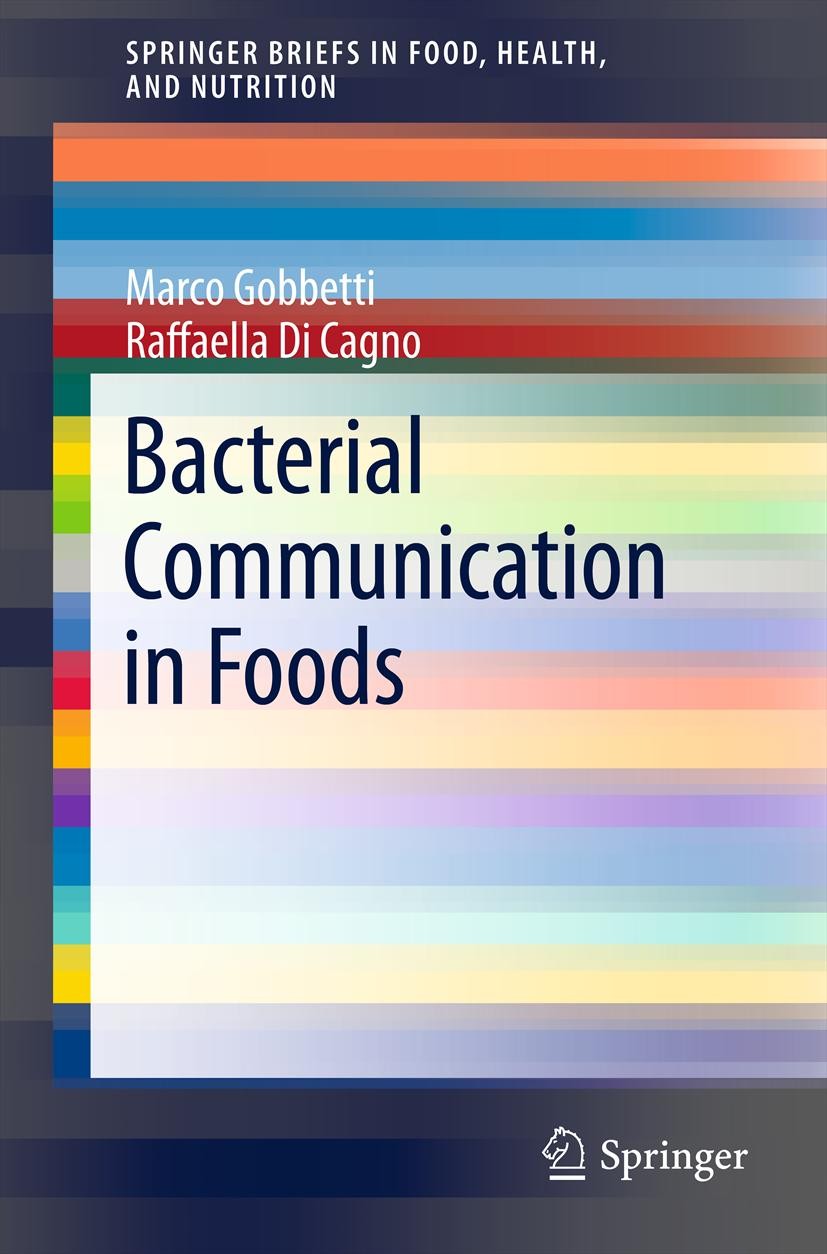| 期刊全称 | Bacterial Communication in Foods | | 影响因子2023 | Marco Gobbetti,Raffaella Di Cagno | | 视频video | http://file.papertrans.cn/181/180268/180268.mp4 | | 发行地址 | Unique reference on quorum sensing in food fermentation.Important resource on quorum quenching.An overview of the "language" of lactic acid bacteria.Includes supplementary material: | | 学科分类 | SpringerBriefs in Food, Health, and Nutrition | | 图书封面 |  | | 影响因子 | It is generally assumed that microorganisms synthesize, release, detect and respond to small signaling hormone-like molecules. These molecules are used for a process termed “quorum sensing” (QS), a phenomenon that enables bacteria to sense when the minimal number of cells, or “quorum,” is achieved for a concerted response to be initiated. Words such as “language” and “behavior” are frequently used to depict QS in the literature. More simply put, language and cross-talk between bacteria, and between bacteria and animal or plant hosts, determines the behavior (e.g., beneficial or pathogenic effects) of bacteria. Currently, the major concern is to understand and decode this language. Overall, bacterial cross-talk was mainly studied on environmental, plant, and human pathogenic bacteria. Few studies considered food-related lactic acid bacteria. The cross-talk between bacteria influences the behavior and, in turn, the environmental adaptation and phenotypes. Therefore, it is understood that bacterial cross-talk has important applicative repercussions. The language spoken between bacteria populating the same food ecosystem may condition the phenotypic traits of starter lactic acid bacter | | Pindex | Book 2013 |
The information of publication is updating

|
|
 |Archiver|手机版|小黑屋|
派博传思国际
( 京公网安备110108008328)
GMT+8, 2025-12-20 05:03
|Archiver|手机版|小黑屋|
派博传思国际
( 京公网安备110108008328)
GMT+8, 2025-12-20 05:03


